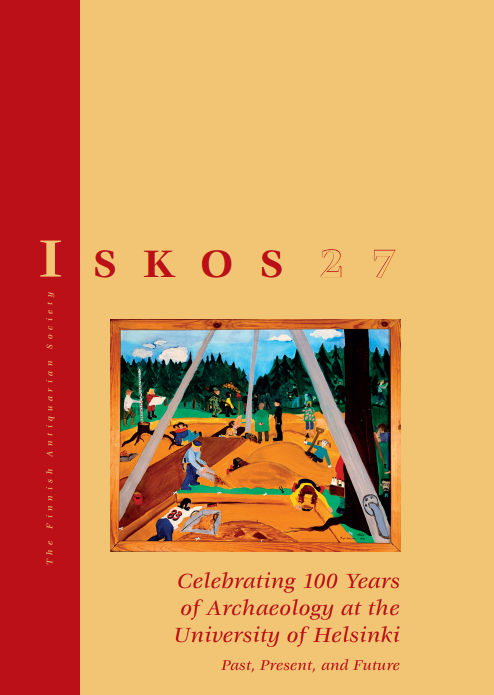Bury my heart at Jabal Haroun: Reflections and memories of the Finnish excavations in Petra, Jordan
Abstract
Between 1998 and 2013, a team from the University of Helsinki conducted large-scale excavations and survey at Jabal Haroun (‘Mountain of Aaron’) in the outskirts of the ancient city of Petra, Jordan. The Finnish Jabal Haroun Project (FJHP), which remains probably the largest ever Finnish archaeological undertaking outside Finland’s borders, unearthed the remains of an Early Byzantine (late 5th century CE) monastic complex. The site, which features among other things a large basilica, a chapel, a baptismal font and a pilgrim hostel, can be securely identified as the ‘House of our Lord the Saint High-Priest Aaron’ mentioned in the 6th century CE Petra Papyri and later historical accounts. The excavations unveiled the rich and complex history of the site, considered sacred by the three religions of Christianity, Islam and Judaism. At least equally significant, however, is the fact that the project – arranged in the exceptionally demanding conditions of an arid mountaintop – forged an extraordinary sense of community and gave scores of Finnish archaeologists a taste of Near Eastern archaeology. The lengthy field seasons, guided by strict daily routine and ascetic life, largely cut off from any information outlets, provided an opportunity for deep self-reflection and an experience that may in some ways have resembled that of the Byzantine monks. This paper presents some personal memories of working as a trench supervisor on the mountain, contains a lot of pictures, and reflects on the legacy of the project in still-continuing Finnish research on the archaeology of the Ancient Near East.




